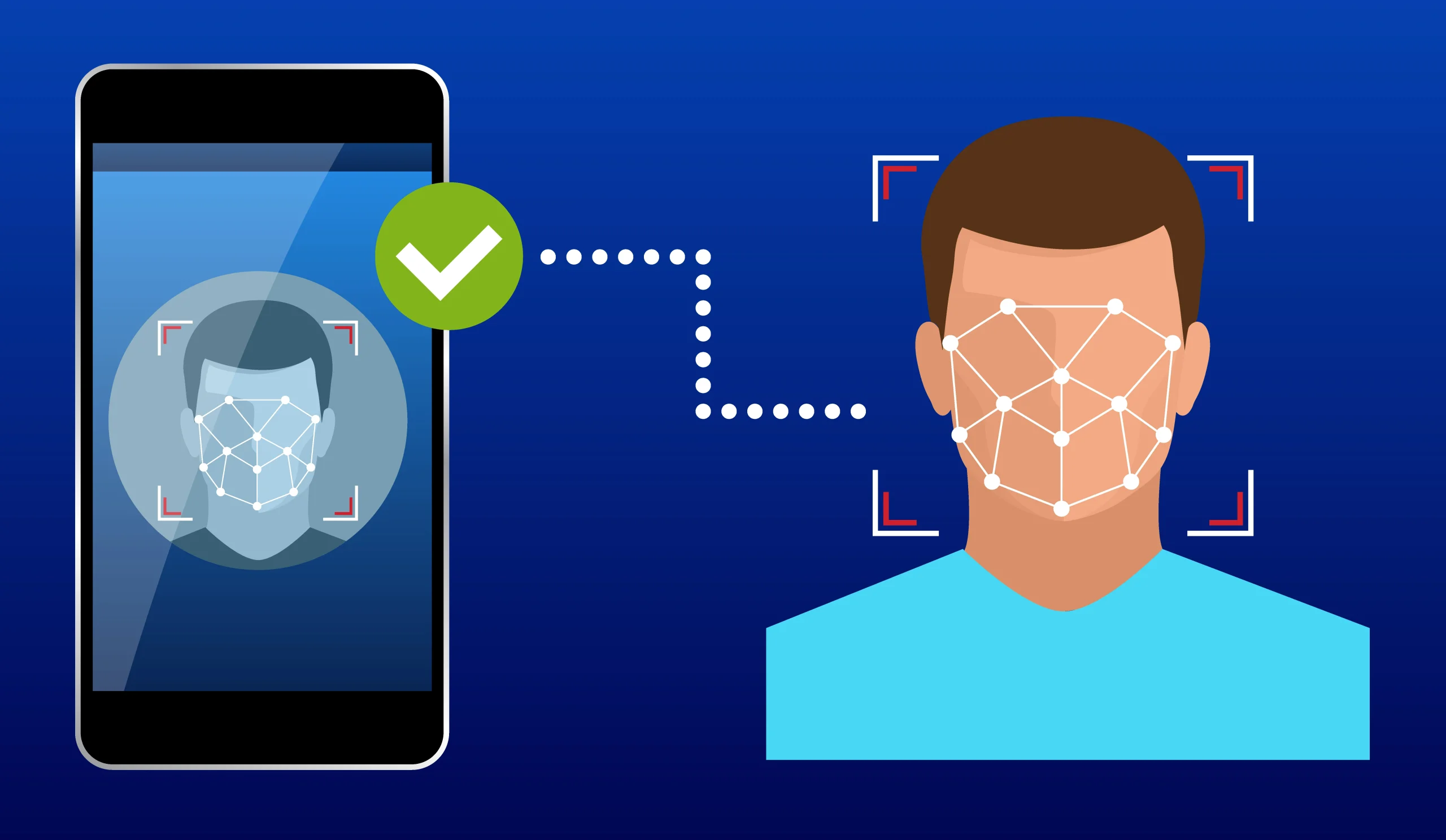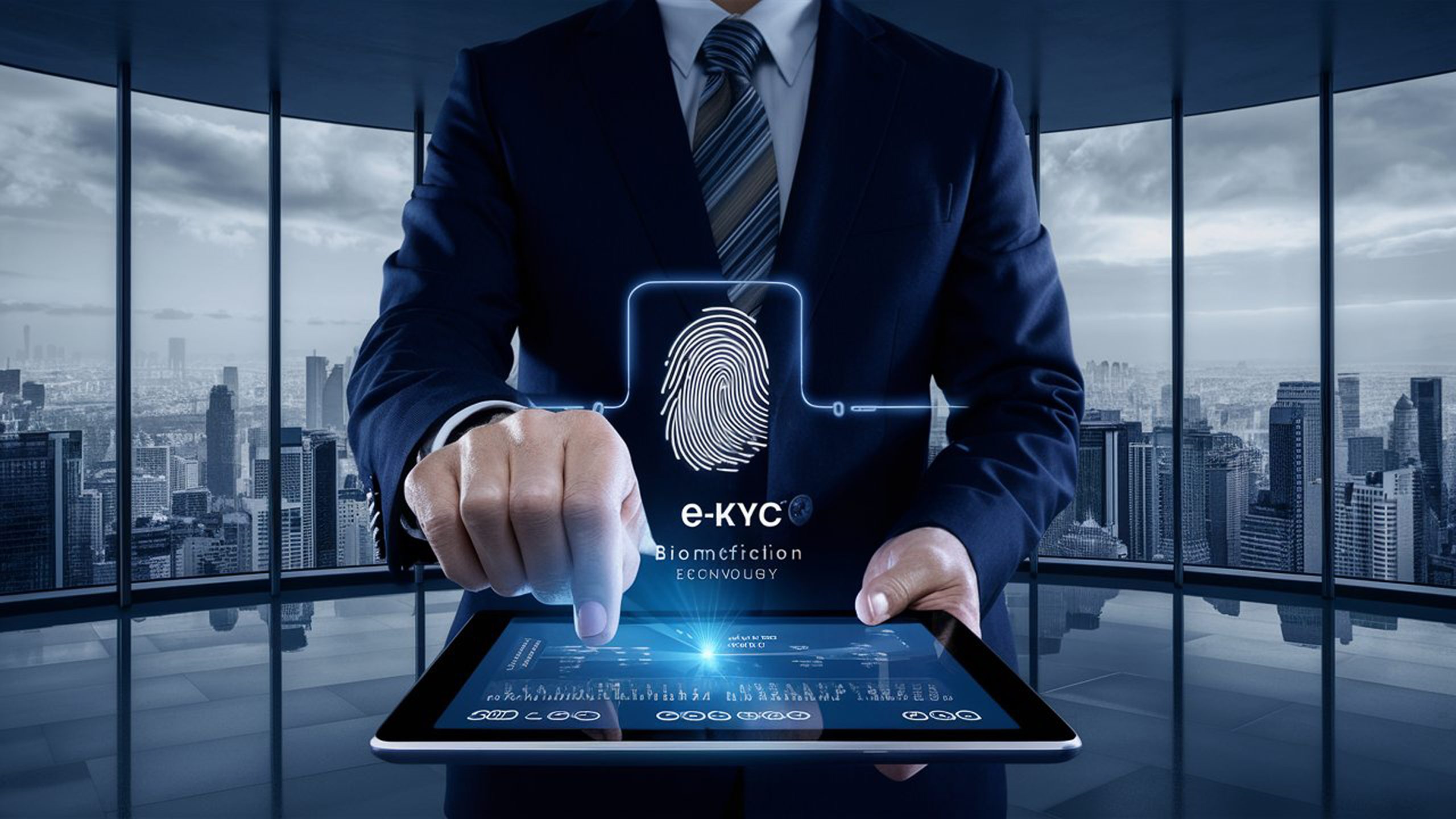Key Takeaways
- Facial recognition technology (FRT) identifies individuals by analyzing unique facial biometrics replacing traditional passwords for secure, instant verification in everyday applications today
- FRT enables workplace access control, airport security automation, law enforcement investigations, healthcare patient identification, and financial services.
- FRT detects faces in images, maps facial features into a unique “faceprint,” converts this data into mathematical codes, and matches against databases using AI and deep learning for accurate identification.
- Biometric data breaches are permanent since faceprints cannot be changed like passwords, while inconsistent global regulations create uncertainty around data collection, storage, and use
- WISE AI specializes in secure facial recognition with NIST Global Top 20 ranking, advanced liveness detection preventing deepfakes and spoofing attacks.
Why Your Face is the New Password
Once a staple of spy movies, facial recognition is now part of everyday life. Facial recognition systems can identify a person in seconds from a digital image. We use it to unlock phones, pass through airport security, enter workplaces, and even pay for services—it’s everywhere around us. In Southeast Asia, homegrown companies like Malaysia’s WISE AI are at the forefront, deploying these solutions across critical sectors.
In our increasingly digital world, the need for seamless yet ironclad identity verification has never been greater. Traditional passwords are often cumbersome, insecure, and vulnerable to breaches. This has paved the way for facial recognition technology (FRT) to emerge as a leading solution, transforming everything from unlocking a smartphone to securing critical government infrastructure.
FRT uses unique facial biometrics—features such as the distance between your eyes or the shape of your cheekbones—to verify or identify an individual. However, as its adoption accelerates, so too does the debate around its accuracy, reliability, and ethical implications. This article provides a comprehensive look at the technology, its benefits, the challenges it faces, and the authoritative benchmarks shaping its future.
How Facial Recognition Technology Works: A Quick Overview
Facial recognition is a sophisticated process typically involving four key steps:
1. Face Detection
The system first identifies a human face in an image or video stream, separating it from the background.
2. Face Analysis (Feature Extraction)
It then maps the face, creating a unique digital code or “faceprint” based on various nodal points (e.g., the corners of the eyes, the depth of the eye sockets, the jawline).
3. Data Conversion
The analysed features are converted into a unique mathematical formula or numerical code called a “faceprint” or “facial signature.”
4. Matching and Verification
This powerful capability is driven by core technologies like Artificial Intelligence (AI), specifically machine learning and deep learning, which allow systems to improve over time. It also relies on Computer Vision to interpret visual data and Convolutional Neural Networks (CNNs) for the critical feature extraction phase.
The Gold Standard of Accuracy: The NIST FRTE
To understand the real-world performance and reliability of FRT, industry professionals look to the National Institute of Standards and Technology’s (NIST) Face Recognition Vendor Test (FRVT).
What is NIST FRTE?
The FRTE is a series of independent, rigorous, and large-scale evaluations that test the accuracy and speed of facial recognition algorithms submitted by vendors worldwide. It is the gold standard for measuring a technology’s performance and is crucial for public and private sector adoption.
Key takeaways from NIST FRTE reports:
- Continuous Improvement: The tests consistently show that the accuracy of top-performing algorithms has improved dramatically, with many exhibiting error rates of less than 0.2% in verification tests under ideal conditions.
- Demographic Differences (Bias): The FRTE is instrumental in identifying demographic variations (which is often misleadingly labeled as “bias”), which show performance variations across different groups (e.g., age, gender, race).
- Real-World Factors: The FRTE also evaluates performance under challenging conditions, such as the use of face masks, showing a measurable drop in accuracy for systems not specifically designed for this variable.
The regular publication of the NIST FRTE reports provides critical, verifiable data, establishing a high degree of Expertise, Authority, and Trust (E-E-A-T) for solutions that perform well.
Enhancing Digital Identity with eKYC: The WISE AI Example
One of the most powerful applications of FRT is in electronic Know-Your-Customer (eKYC) processes, which verify a customer’s identity remotely. Companies like WISE AI have become specialists in leveraging FRT to streamline this process while mitigating fraud.
How WISE AI and eKYC Utilise FRT
WISE AI’s approach to digital identity verification showcases the practical, secure use of FRT:
- Real-Time Liveness Detection: To counter “Presentation Attacks” (like holding up a photo or using a deepfake), WISE AI uses advanced liveness detection. This ensures the face being scanned belongs to a live, present person, drastically reducing fraud.
- Seamless Verification: By combining facial biometrics with official document verification, they can perform a quick, compliant, and highly accurate 1:1 match. This allows banks, telcos, and other regulated industries to onboard customers in minutes instead of days.
- Compliance: The system is designed to meet strict regulatory standards, ensuring data is handled securely and in compliance with local and international privacy laws.
The implementation of a robust solution like this demonstrates how FRT can deliver both superior security and a frictionless user experience, a critical balance for modern digital service providers.
Key Benefits & Challenges of Facial Recognition
While the benefits are clear, it is essential to acknowledge and address the challenges this technology presents.
| Benefits | Challenges |
| Enhanced Security: Replaces weak passwords, provides multi-factor authentication, and is difficult to spoof with advanced liveness detection. | Privacy and Data Security: Biometric data is sensitive; a data breach is permanent as a faceprint cannot be changed like a password. |
| Speed & Convenience: Instantaneous verification improves customer experience, especially for mobile access and payments. | Algorithmic Bias: Though improving, demographic differences in accuracy can lead to higher error rates for certain populations. |
| Fraud Prevention: Used effectively in eKYC and anti-spoofing to stop identity theft and account takeovers. | Regulatory Uncertainty: The lack of consistent global legislation creates ambiguity about data collection, storage, and use |
| Public Safety: Crucial for law enforcement in identifying suspects, securing critical infrastructure, and finding missing persons (1:N identification). | Accuracy in Practice: Performance can degrade due to real-world factors like poor lighting, low-quality cameras or partial face occlusion (e.g., masks). |
Wide-Ranging Applications
Access Control: Smarter Access Control
Companies use FRT to grant employees and authorised personnel frictionless entry to offices and secure labs, while maintaining a detailed, automated log.
Digital Identity and Authentication
Apple’s Face ID has set the standard for intuitive access to personal devices. Expanding on this, platforms from companies like WISE AI creates secure digital identities that can be used across multiple services.
Streamlined Airport & Border Security
More major international airports use facial recognition to automate and expedite passenger check-in, and boarding processes, creating a more pleasant travel experience.
Advanced Law Enforcement
The technology is a critical tool for public safety, used to identify suspects in criminal investigations and to help finding missing persons, including children and vulnerable adults.
Secure Banking & Financial Services
Institutions across Southeast Asia are leveraging facial recognition for secure eKYC processes. WISE AI, for example, provides robust digital identity solutions that help banks and financial services prevent fraud and streamline remote account opening, replacing cumbersome traditional verification.
Healthcare Modernization
Hospitals are using facial recognition to accurately identify patients, reducing the risk of medical errors and streamlining the check-in process, while also controlling access to sensitive patient records.
Conclusion: A Measured Look at the Future
Facial Recognition Technology (FRT) is not a futuristic concept; it is a present reality, and its role in digital identity is indispensable. The work of authoritative bodies like NIST is critical, providing the transparent, scientific performance metrics needed for responsible deployment. Meanwhile, industry leaders like WISE AI are showcasing how to implement the technology securely and compliantly, making eKYC and digital onboarding safer and easier for everyone.
The future of FRT hinges on maintaining the upward trend in accuracy while proactively mitigating demographic variations and ensuring transparent data governance. For businesses and consumers, understanding these technical and ethical dimensions is key to harnessing the transformative power of the face as the ultimate digital identifier.




